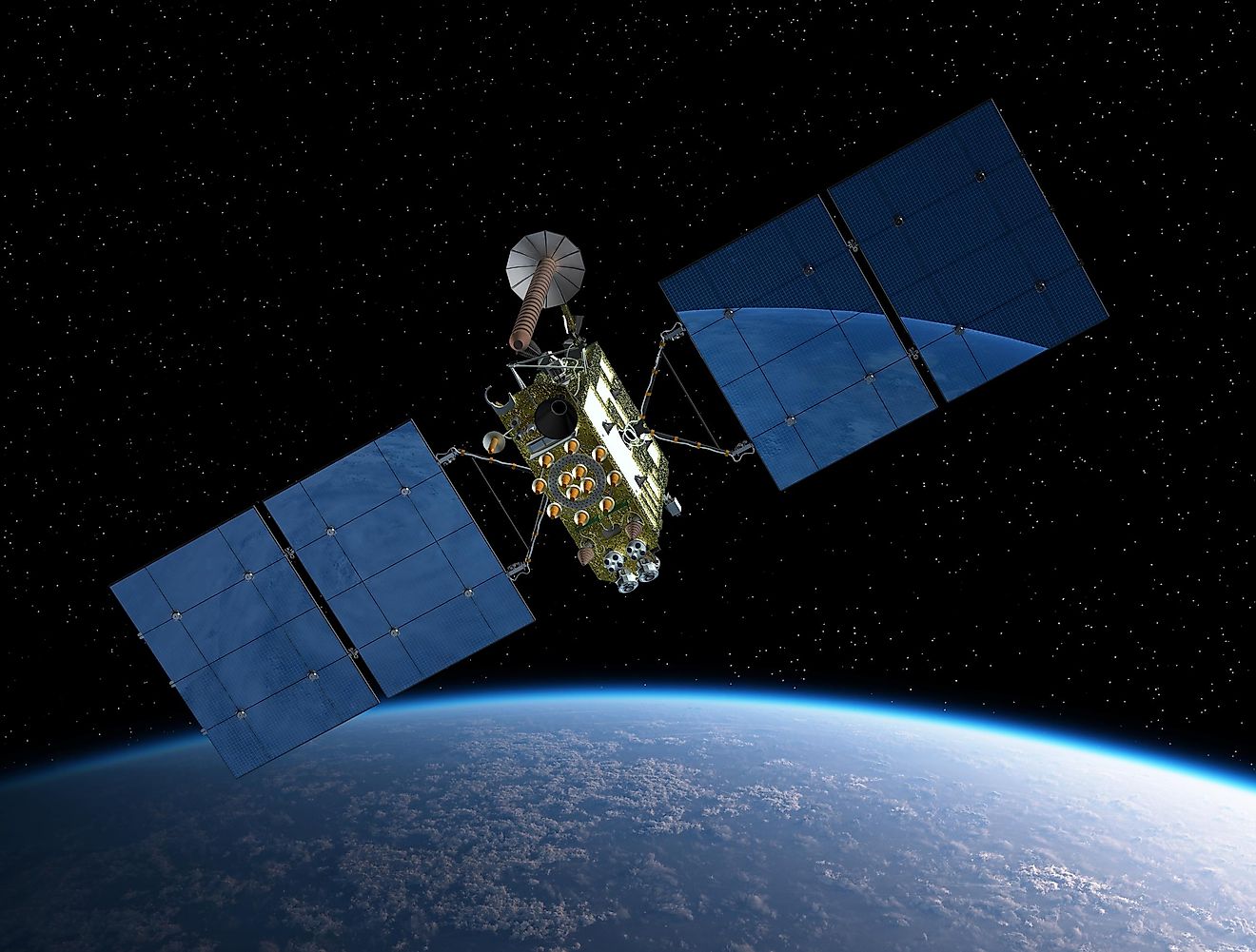
What Is Parallax?
The universe is unimaginably gigantic. Although the size of the universe creates an endless stream of fascination, it also poses a gigantic problem: how do you determine how far away something is? Thankfully, the human mind is rather creative at solving these problems, and various methods have been developed to determine distances in space. One of them is known as parallax.
How Parallax Works

Parallax works in a relatively simple way. Stretch your arm out in front of you and extend your index finger. Close one eye and open another and switch back and forth between eyes. Relative to the background, your finger appears to move side to side between two points. Next, you can determine the angle between those two points, called the parallactic angle. Furthermore, you can measure the distance between your eyes. Given this distance and the parallactic angle, you can calculate how far away your finger is. This method, however, gets more difficult the further away an object is. For a distant star, the parallactic angle between your eyes is simply too small to be useful. Rather, two points that are much further away from each other than our eyes must be used in order to observe the parallactic angle. For objects in space, astronomers use two different locations in Earth’s orbit. Each point is where the Earth is located 6 months before or after the other point. We know the Earth’s orbital radius to be one astronomical unit, and so astronomers can determine how far away an object is using the Earth’s orbit. Unfortunately, parallax becomes less reliable the further away an object is. Although advancing technology has allowed parallax to be a useful tool for objects within our galaxy, it does not work for objects outside our galaxy. For objects further away, an entirely different method is required.
Other Methods for Finding Distance

To determine how far away an object is, you can find a relationship between distance and brightness. How bright an object appears will be partly dependent on how far away it is. For example, two stars with the same level of brightness yet located at different distances will look like they have different levels of brightness. Although both stars have the same brightness, the closer one will look brighter than the one further away. How bright a star appears is called its apparent magnitude, while its actual brightness is called its absolute magnitude. If you know both the absolute and apparent magnitudes of an object, you can calculate how far away that object is. Unfortunately, absolute magnitude can be a difficult value to determine since most stars are so far away. However, there are some types of stars, called variable stars, whose apparent magnitude changes over short periods of time. Interestingly, you can actually determine absolute magnitude for an object whose apparent magnitude changes, and so variable stars are generally used in calculating vast distances in space.











